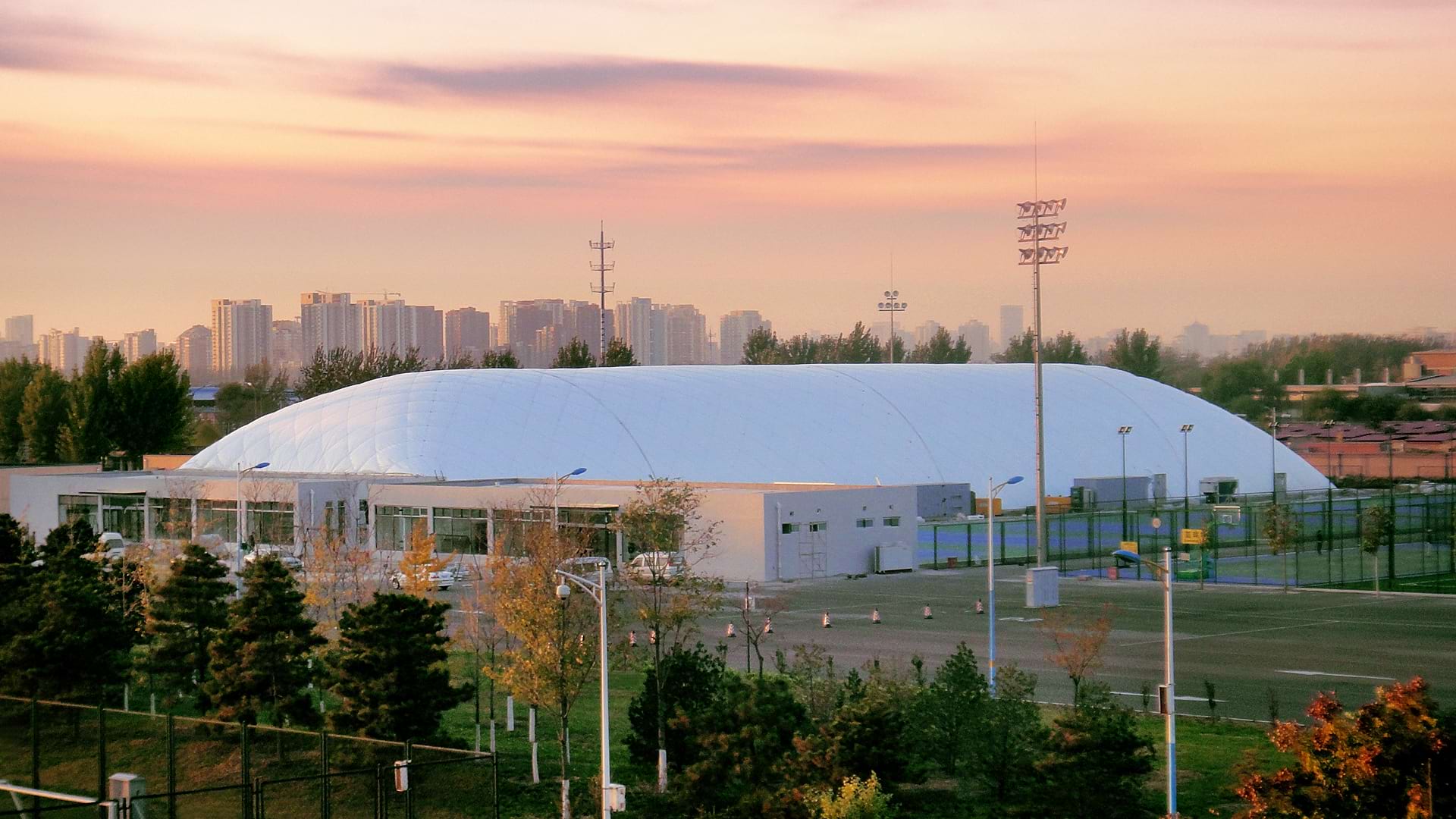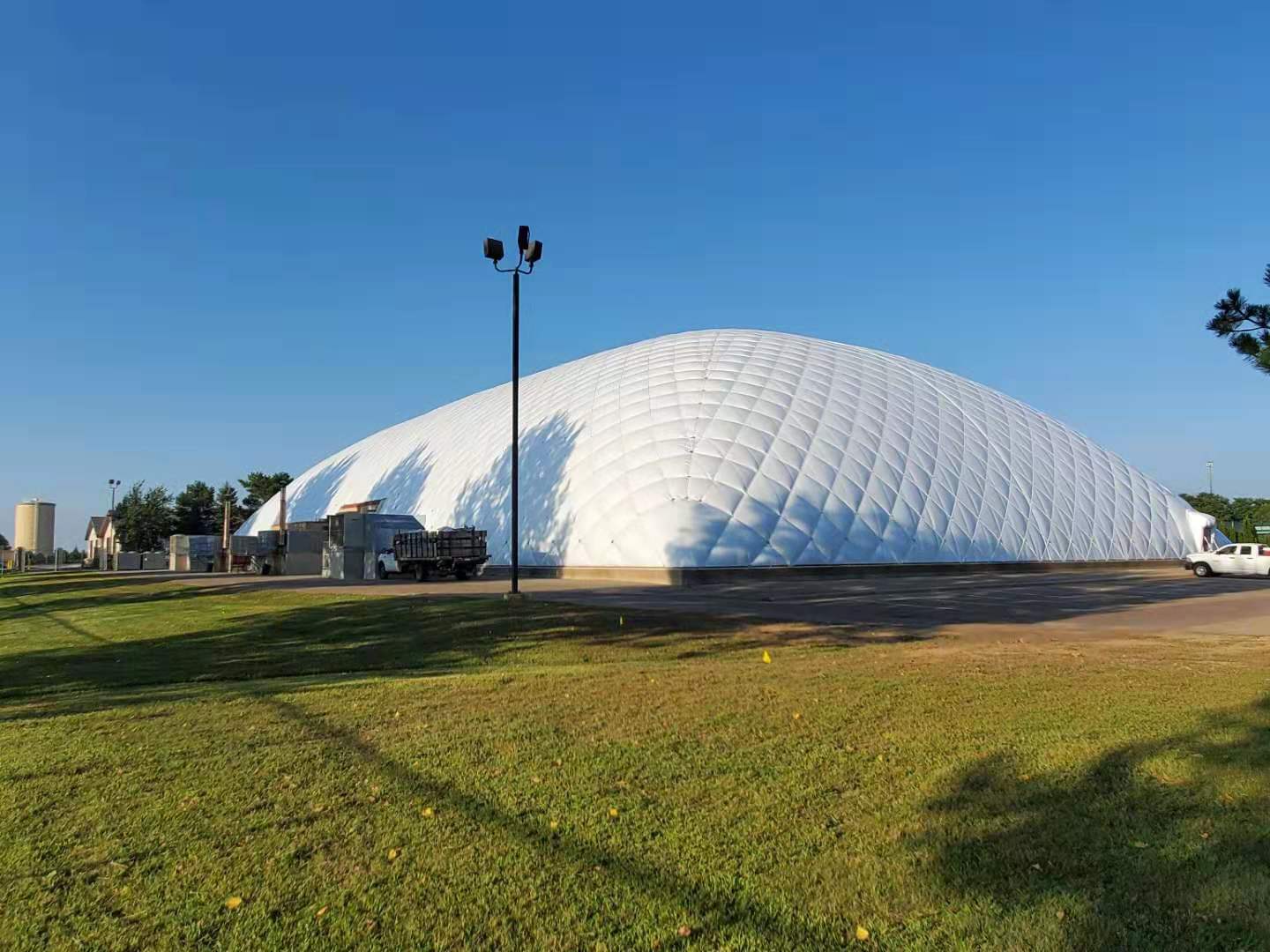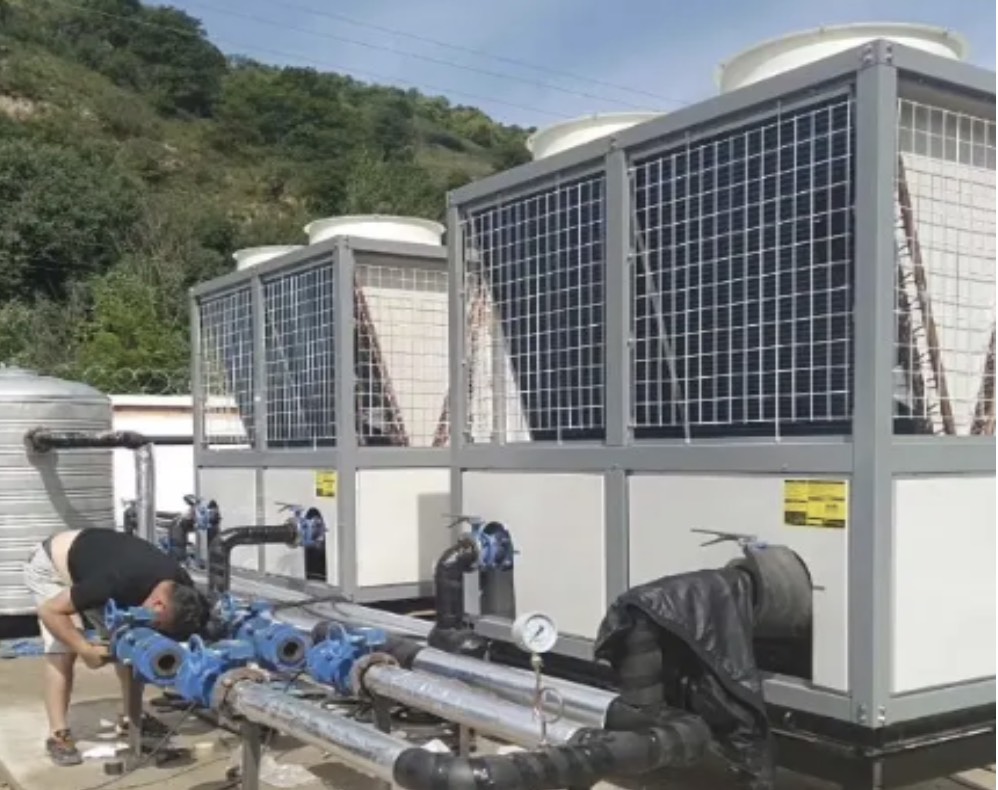News
Site Editor
 Site
/uploads/image/677267645dfcf.png
Discover the Air Dome's green revolution in heating & cooling with air source heat pumps, combining efficiency and sustainability for eco-friendly buildings
Site
/uploads/image/677267645dfcf.png
Discover the Air Dome's green revolution in heating & cooling with air source heat pumps, combining efficiency and sustainability for eco-friendly buildings
Explore the 'Air Dome' - the green heating and cooling revolution of air source heat pump systems
Views: 2097
Author: Site Editor
Publish Time: 2024-04-22
Origin: Site
The Air Dome's innovative approach to sustainable energy aligns seamlessly with the ethos of BroadwellDome, a leading advocate for eco-friendly building solutions. Combining forces, these two entities propel the frontier of green technology, offering a holistic solution to the challenges of heating and cooling in buildings while minimizing environmental impact.
Broadwell Air Dome's impact is particularly pronounced in the design and construction of the physical dome structure itself. By meticulously considering materials, insulation, and layout, BroadwellDome ensures optimal operation of the Air Dome. This maximizes its capacity to utilize ambient heat for both heating and cooling purposes. Additionally, the company's dedication to both aesthetics and functionality guarantees seamless integration of the Air Dome into any architectural setting. Whether it's a modern urban high-rise or a rural getaway, this adaptability broadens the scope for implementing sustainable climate control solutions in buildings of various sizes and styles.

Together, the Air Dome and BroadwellDome redefine the paradigm of building climate management, offering not just a solution but a vision for a more sustainable future. As the world continues to prioritize environmental conservation and carbon reduction, the partnership between these two entities will undoubtedly play a pivotal role in shaping the buildings of tomorrow.
Overview of air source heat pump technology
Air-source heat pumps (ASHPs), often referred to as the "Air Dome" in the context of sustainable heating and cooling solutions, are a class of high-efficiency energy conversion devices that harness the latent heat in the ambient air. These systems operate on the principle of the reverse Carnot cycle, where a refrigerant is evaporated at low pressure and temperature, absorbing heat from the air. Upon compression, the refrigerant's temperature and pressure rise, transferring the absorbed heat to the desired application, such as a heating system in a building.
The overview of ASHPs involves understanding their core components: an outdoor unit that acts as the heat collector and compressor, an indoor unit for heat distribution, and a control system that regulates the flow of refrigerant and manages the heat transfer process. These units work in tandem to provide a continuous loop of energy-efficient heating and cooling, depending on the season.
ASHPs are recognized for their ability to deliver a coefficient of performance (COP) exceeding 3, meaning that for every unit of electrical energy consumed, they can provide three units of heating or cooling energy. This high efficiency is a significant advantage over traditional heating methods, such as direct electric heating or fossil fuel combustion, which typically have a COP of around 1.
The integration of ASHPs in residential and commercial buildings marks a shift towards energy conservation and environmental sustainability. As we progress through the subsequent sections, we will explore in detail how the Air Dome's technology addresses the challenges of modern energy demands while offering a viable path to achieving green building standards and reducing the carbon footprint of our built environment.
Solutions for building comfort needs
Air-source heat pumps (ASHPs), the epitome of modern HVAC technology, extend their utility beyond winter heating to summer cooling, offering a dual solution to the thermal comfort needs of buildings. In the cooling mode, these systems function on the principle of an air conditioner but with a twist – they transfer excess heat from the interior to the exterior, thereby reducing indoor temperatures without the direct consumption of high levels of electrical energy.
The transition from heating to cooling involves a change in the direction of refrigerant flow, orchestrated by a reversing valve within the system. The outdoor unit, which acts as a heat absorber in winter, becomes a heat rejector in summer. The refrigerant, after being compressed to a high temperature and pressure, releases its heat to the outside air in the condenser, thus providing a cool medium that can be circulated indoors.
The composition of an ASHP system is both intricate and efficient, comprising the following key elements:
|
Outdoor Unit:
|
Houses the compressor and condenser, responsible for heat transfer with the external environment.
|
|
Indoor Unit:
|
Consists of an evaporator and a fan to distribute cooled or heated air within the building.
|
|
Heat Exchanger:
|
Facilitates the exchange of heat between the refrigerant and the air, critical for both cooling and heating operations.
|
|
Reversing Valve:
|
Directs the flow of refrigerant to switch between heating and cooling modes.
|
|
Control System:
|
-
Manages the operation of the heat pump based on the set temperature and system conditions.
|
Installation of ASHP systems requires careful planning and execution. The outdoor unit must be strategically placed to ensure optimal air intake and heat release, while the indoor unit needs to be positioned for effective air circulation. The refrigerant pipes and electrical wiring connect these units, and their routing must consider factors like insulation, protection from weather, and accessibility for maintenance.

Proper installation is paramount for achieving the advertised efficiency and performance of ASHP systems. It involves not only the mechanical setup but also the calibration of the control system to respond accurately to thermal loads and ambient conditions. With the growing adoption of these systems, understanding their installation protocols is essential for HVAC professionals and building owners alike. As we proceed, we will delve deeper into the practical aspects of ASHP installation, exploring case studies that highlight the systems' successful integration into various building types and the resultant benefits in terms of energy savings and environmental impact.
Environmental and Economic Analysis: Challenges and Prospects for Air-Source Heat Pumps
Air-source heat pumps (ASHPs) represent a convergence of environmental sustainability and economic efficiency. They offer a host of environmental benefits, leveraging high energy conversion efficiency and the utilization of ambient air as a renewable heat source. Compared to traditional fossil fuel-based heating systems, ASHPs significantly reduce greenhouse gas emissions, aligning with global climate change mitigation efforts.
Economically, ASHPs present a compelling case with a rapid return on investment driven by low operating costs. Although initial installation costs may be higher, the long-term savings on energy bills often outweigh this expense. Furthermore, as ASHP technology advances and market penetration increases, costs are expected to decrease, enhancing their economic appeal.
However, challenges persist, particularly concerning ASHP performance in extreme ambient temperatures and the complexity of installation requiring skilled labor. Nonetheless, ongoing research focuses on improving cold-weather performance, integrating ASHPs with renewable energy sources, and developing smart control systems to optimize efficiency and user comfort. With continued innovation and concerted efforts to address challenges, ASHPs are poised to play a pivotal role in sustainable heating and cooling solutions.










